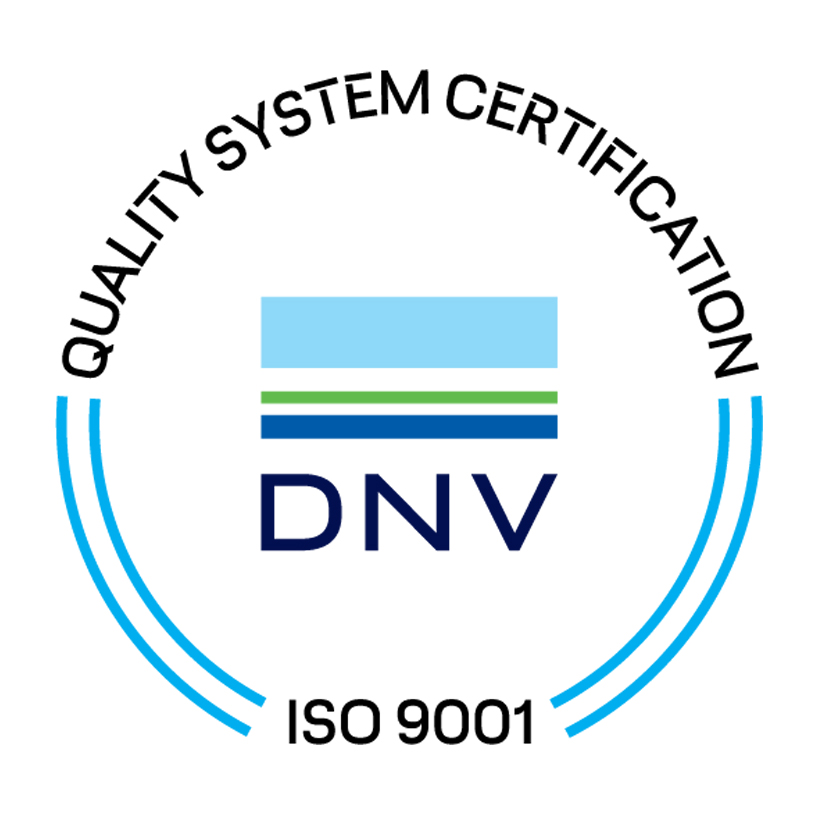In recent years, more and more companies have been investing in the development of creative thinking as a necessary key skill requirement to face change processes that are increasingly in need of a more timely and novel approach. Covid-19 has put us all to the test, turning out liquid scenarios that are constantly evolving, challenging even the smartest leaders to come up with suitable solutions aimed at ensuring greater competitiveness.
For this reason, it is necessary to equip any internal resources with the right skills and tools that will generate "home made" creativity. Let's be clear, when we talk about creativity, we are not referring to being a genius or to having an innate talent or being able to produce creative products that are a result of talented professionals or geniuses in the workplace. We are instead referring to the desire of many enlightened organisations to train their resources to ‘get by’ in everyday life by deliberately using creative thinking to generate more options, from which a winning opportunity will emerge.
It is certainly true that creativity is universally recognized these days as the only characteristic that enables us to respond in new ways to challenges and consequently to drive change, which the scholar Ruth Noller defines as: “something new and useful which can serve a purpose”.
Creative training in the workplace is all about training people to be generative, to think in a new way, to activate their imagination and to see things from a perspective that has not yet been explored; all of which help to achieve concrete and effective results for the organisational context in which the employees operate. In essence, this means that companies need to invest in people so that they become the active cells of change and transformation, which in turn has an impact on concrete business results. Furthermore, having clearly structured creative processes, capable of engaging people in new ways of experimenting and producing creative products, will generate a real creative change.


No comments.